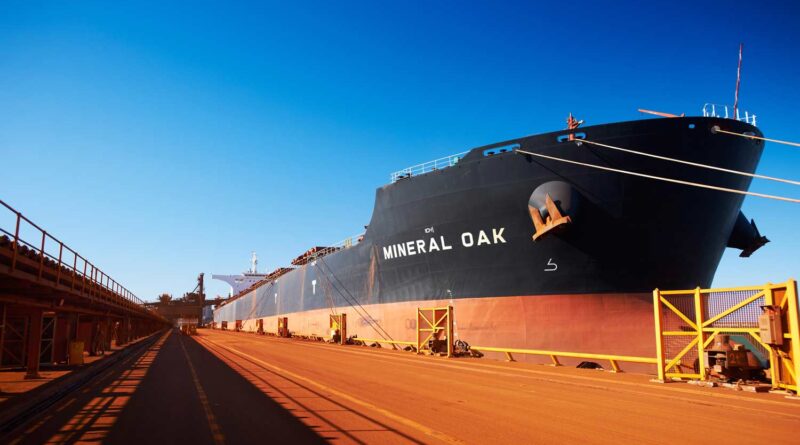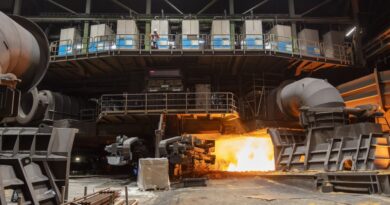Ports need navigate the energy transition with commodity markets
Change in the global commodity and energy markets accelerates as economies align themselves with the push for net zero. The pace of change varies but the global nature of the markets means that ports around the world are also entering a period of transformation. But what ports operators and investors?
Hydrocarbons, which currently meet 80% of primary energy demand, have been central to COP26 summit discussions. Coal, in particular, came under the spotlight early on, with more than 40 countries agreeing to phase down coal-fired power; although this agreement has been shunned by China, India, the US and Australia. Not quite the end of the coal but a strong indication of the direction of travel for demand.
Many countries and companies have announced targets for net zero by 2050. While China 2060 and India 2070 is slower than many may have hoped, the intent is clear – and the global energy system is transitioning.
Some of the world’s most prominent commodity ports are already tackling the energy transition challenge head on. Ports close to industrial centres are forming consortia to meet net zero targets.
In areas close to the rapidly-increasing offshore wind market, they’re investing in infrastructure to service the installation and maintenance of these wind farms. Ports close to industrial centres are forming consortia to meet net zero targets, establishing an industrial decarbonisation pathway and laying the foundations for the low carbon industries of tomorrow.
For these ports, this isn’t just an exercise in facilitation – early positioning in these emerging low carbon markets is strategically sound, securing their future business and helping to offset falling revenues from more carbon intensive revenue streams.
While those ports with deep water loading and experience in handling bulk liquids are well positioned for this new trade there are going to be many ports that find themselves located near hydrogen production but without the facilities or capabilities required to adapt and grow.
On the land side the energy transition is an opportunity to attract new tenants, especially from the supply chain of these new low carbon industries. Early alignment and positive association with the energy transition will attract new business and pay dividends.
Ports need to identify what opportunities (and challenges) the energy transition presents. For some this may be clear, guided by tangible demand and more tactical in nature. We have seen this in many European North Sea ports that have invested in their infrastructure to position the businesses to serve the offshore wind sector and its supply chain. For other ports, or aspects of their business, it may be about supporting the transition from a hydrocarbon-based trade to low carbon fuels. And for some it may be about realising their strategic location and actively engaging in unlocking this opportunity.




